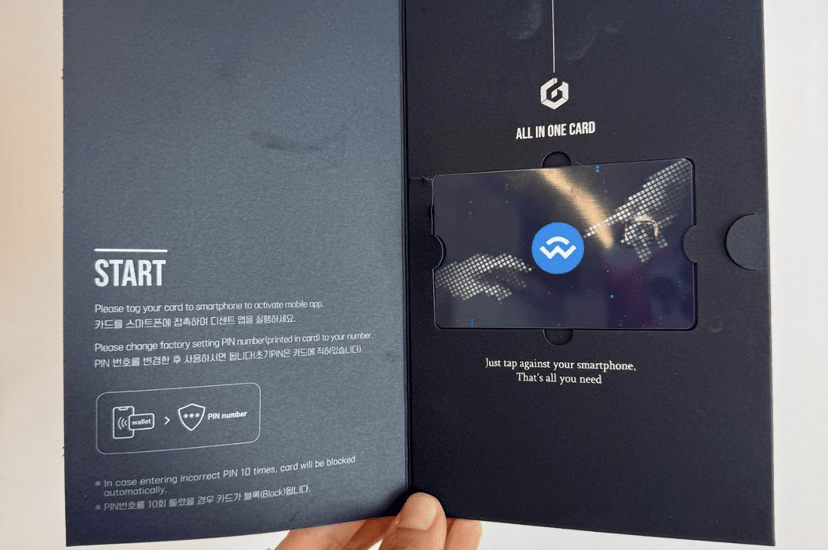The greatest value of WalletConnect v2 lies not in changing the style of the QR code, but in breaking down the connection process into measurable and governable stages: Pairing establishes channels, Session Proposal defines permissions and namespaces, Sign API is responsible for message signing and transaction authorization, and if necessary, Notify API carries offline notifications. These four components correspond to four clear protocol specifications, addressing the issues of encrypted channels, permission negotiation, atomic signing, and subsequent recall.
First, let's look at Pairing. It is a lightweight encrypted transport layer responsible for establishing secure channels between two ends; once the channel is established, the application does not have to immediately initiate a session but can use Pairing as a carrier for subsequent protocols. The benefit of this layering is that it separates the discovery of short links from the authorization of long links, allowing each layer to evolve independently. For mobile wallets that need to manage connections in bulk, the existence of Pairing makes resource usage and connection reuse more controllable.
The core lies in the Session Proposal. The most critical aspect of the session proposal is Namespaces, which combines three types of requirements: chains, methods, and events using the unified representation of CAIP-2. An Ethereum application can simultaneously declare the signing methods of the EIP155 Ethereum mainnet, the transfer methods of Polygon, and certain event subscriptions; once the wallet receives the proposal, it can establish a session and return the authorized resources as long as it meets the mandatory namespaces. This declarative negotiation is much simpler than the granular link authorization from two years ago, especially friendly for multi-chain wallets and full-chain applications.
The Sign API abstracts signatures into the smallest interface. The application initiates a signature request, the wallet completes authorization and signing locally, and returns a structured result. This process treats message signing and transaction signing equally, reducing special-case handling on the application side. Further optimization comes from the session reuse in v2: when users have already authorized certain methods, the repeated signing dialog can be consolidated or batched according to wallet policies, thus lowering the likelihood of authorization fatigue.
Notifications have been a shortcoming of past wallet experiences. The Notify API provides a design where users first subscribe to certain types of notifications in the wallet, and the application then pushes according to type, rather than stuffing everything into the inbox. The specification clarifies notification types and permission granularity, avoiding turning the wallet inbox into a marketing broadcast. This step is especially critical for transaction, settlement, and risk control events, as it shapes the offline information transmission into a 'scope agreed upon by the user' rather than a gray area.
In the multi-chain context, CAIP is not just a term. CAIP-2 standardizes the chain reference format, with the WalletConnect client and server specifications adhering to it; from developer documentation to server APIs, everything points to the chain names and network fields of CAIP-2. Practically, this means your multi-chain support capabilities can be statically checked and dynamically verified, rather than relying on community conventions of aliases.
Bringing these details together, we find that v2 resembles a family of interaction protocols rather than a single connection library. The frontend modal is merely the entry point; the real differences lie in session negotiation and the permission model. It allows multi-chain applications to declare their intentions all at once, and wallets can complete fine-grained authorization in a single interaction. When Notify chains together offline events, the application can convey state changes to users even when it is not in the foreground. This is what is called measurable: every connection, every permission, every type of notification can be data-validated rather than relying on luck.
@WalletConnect #WalletConnect $WCT
